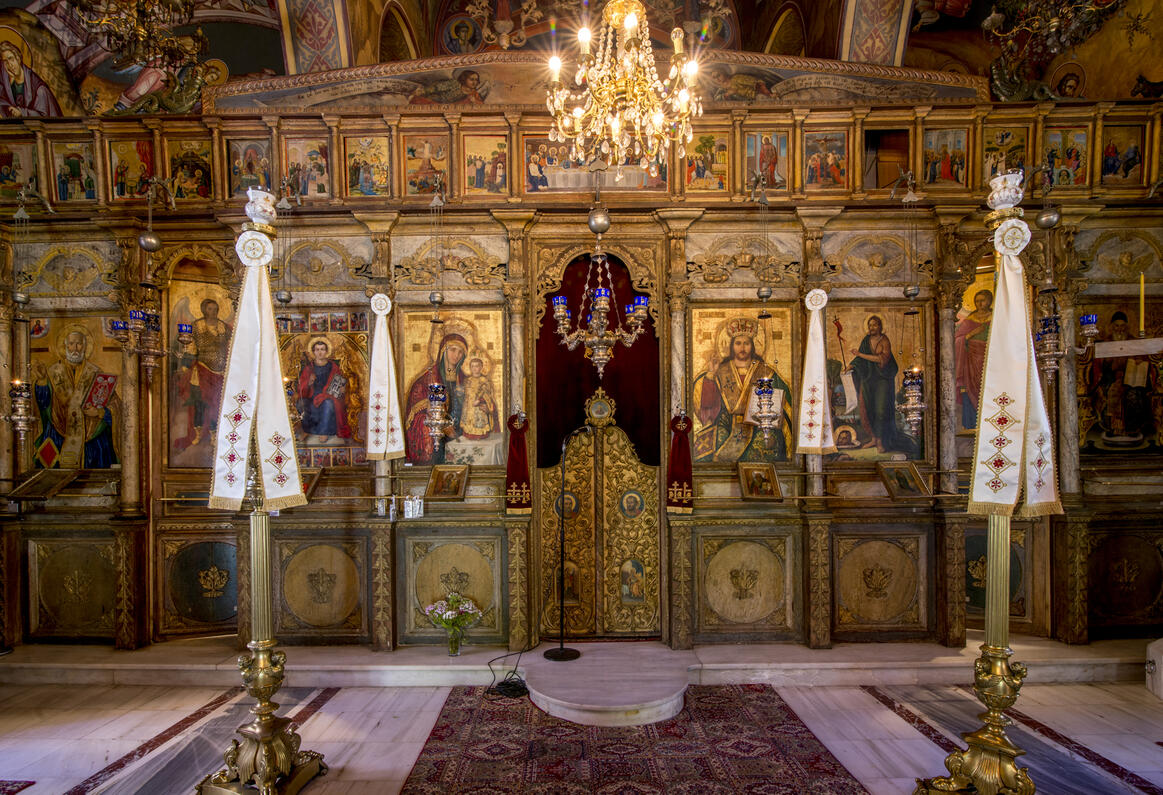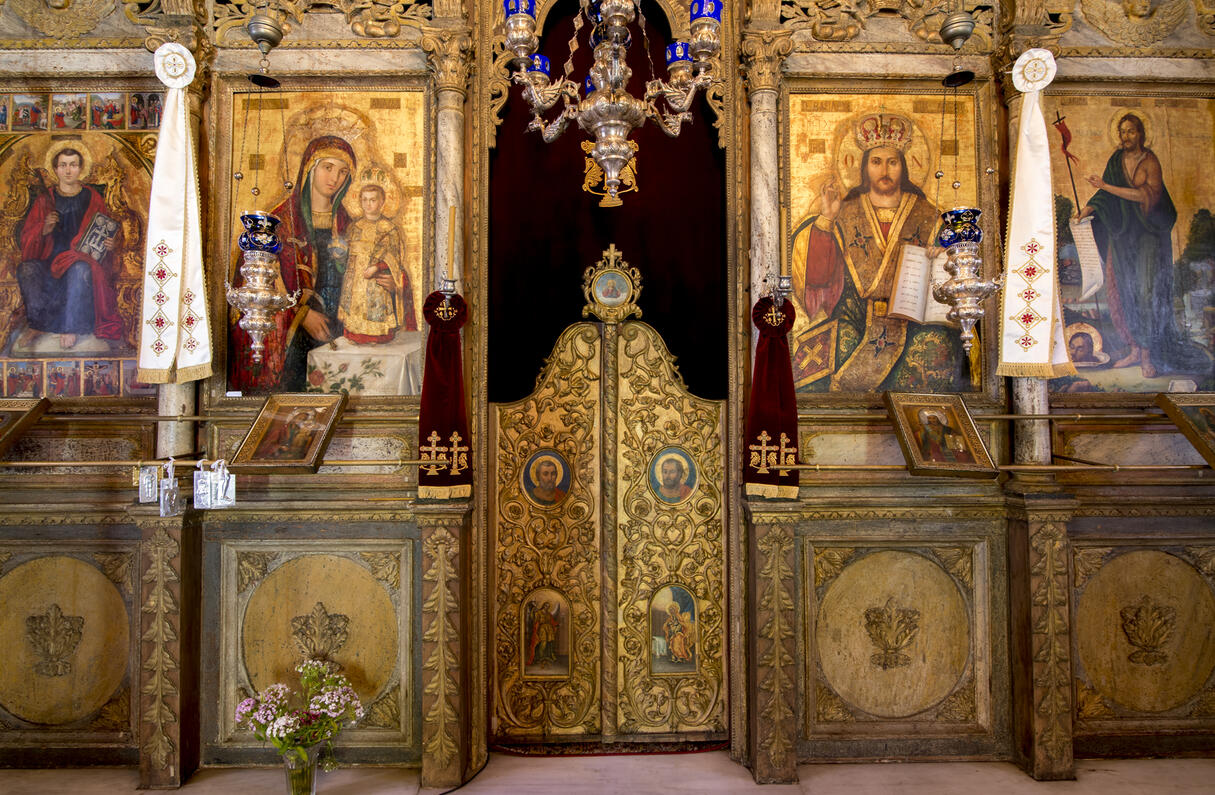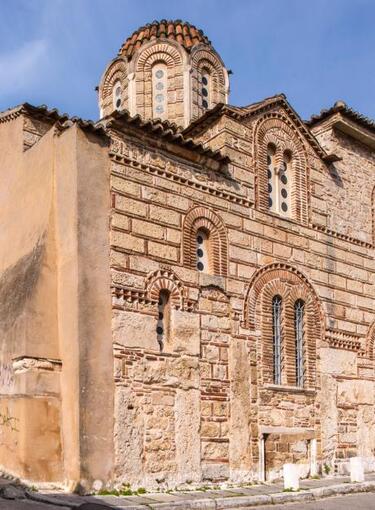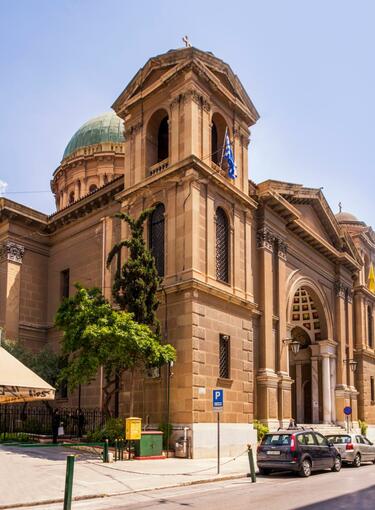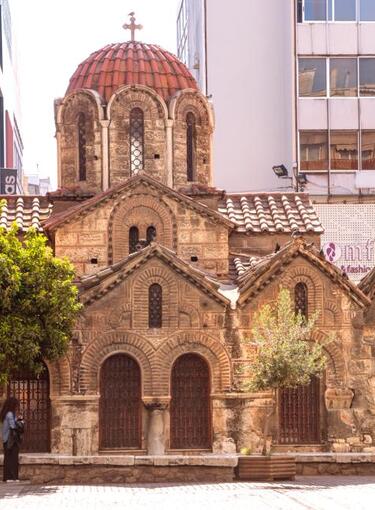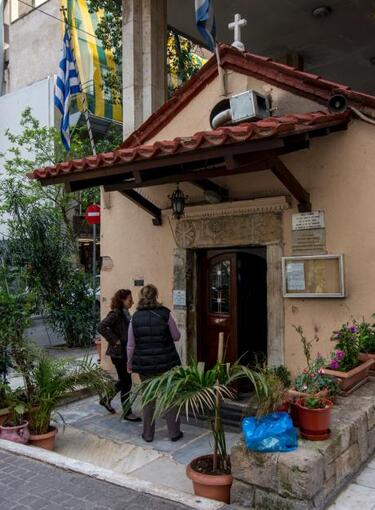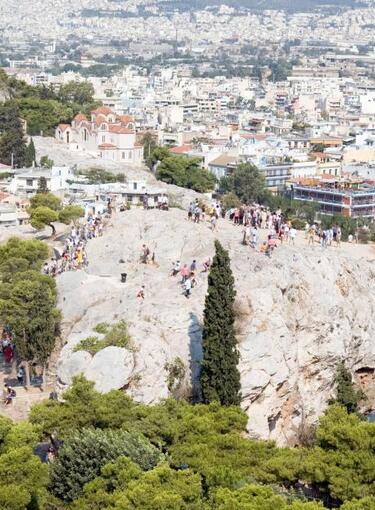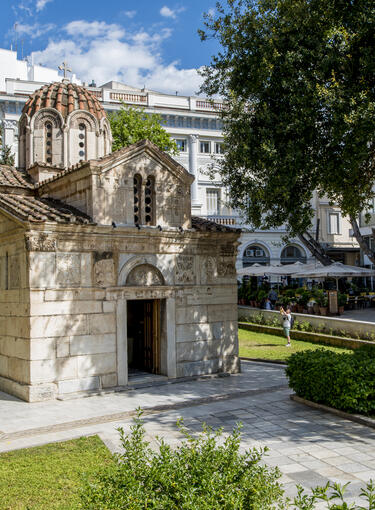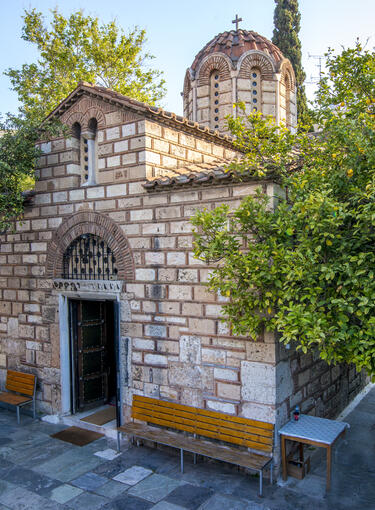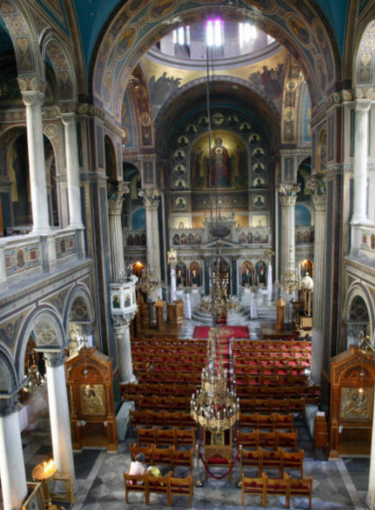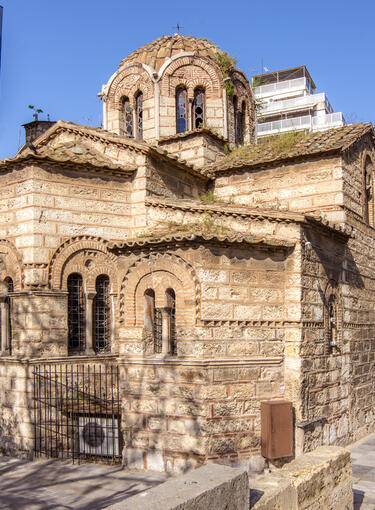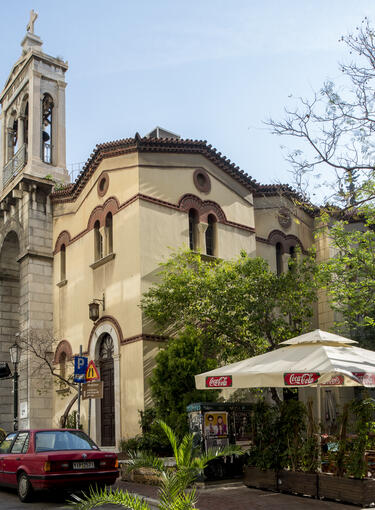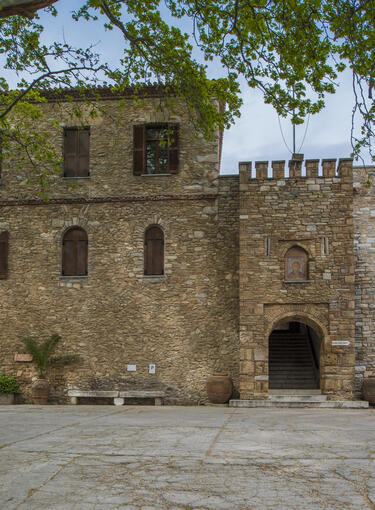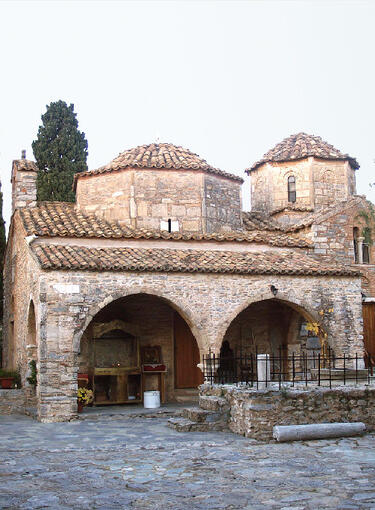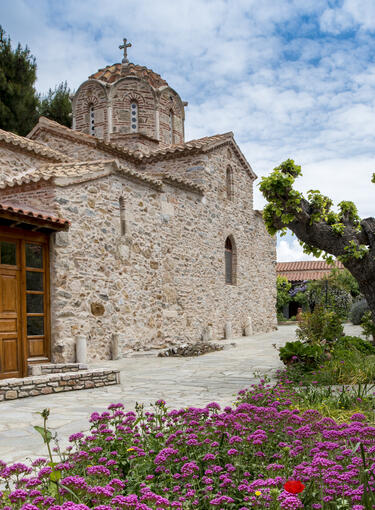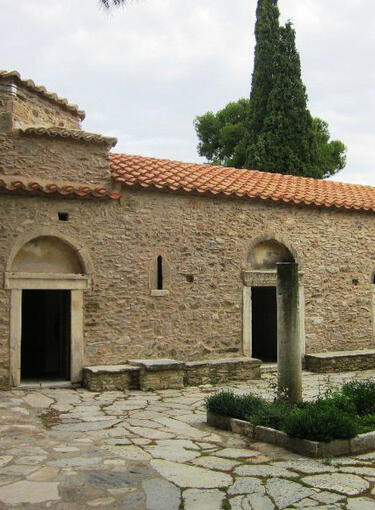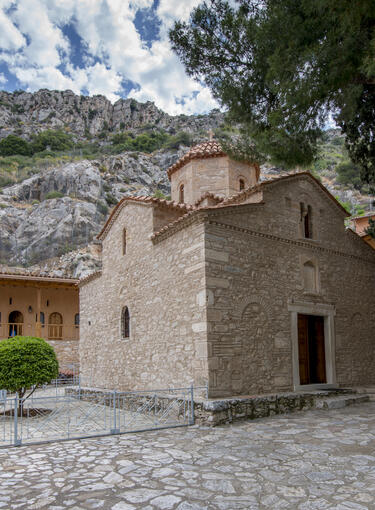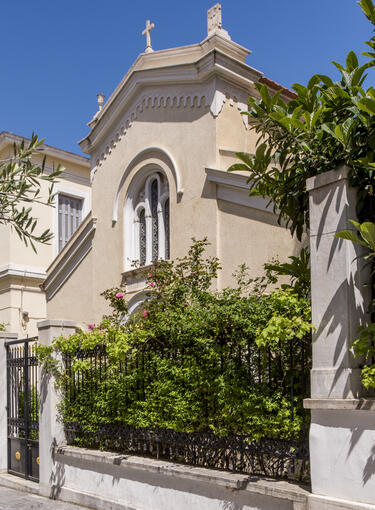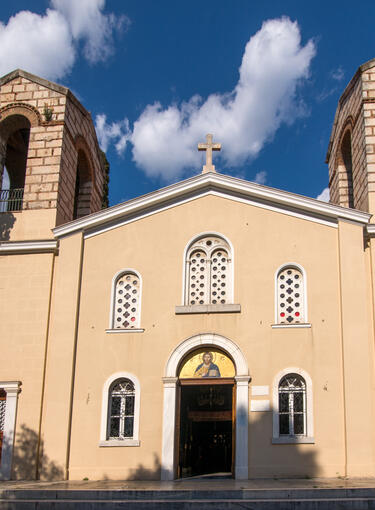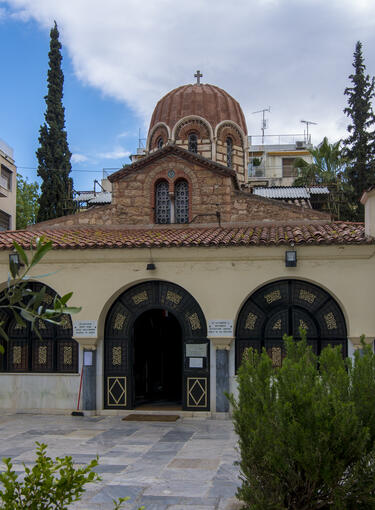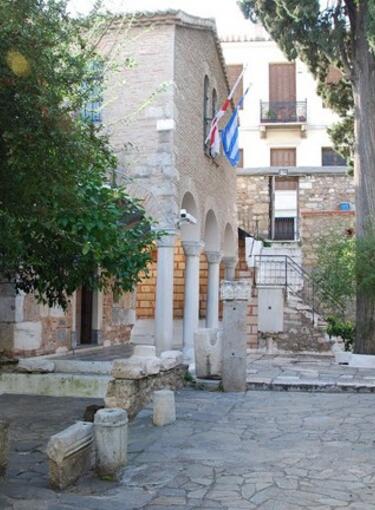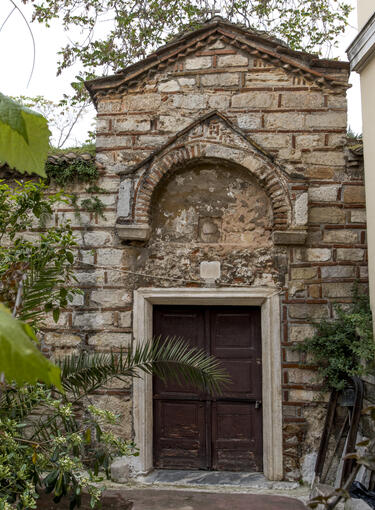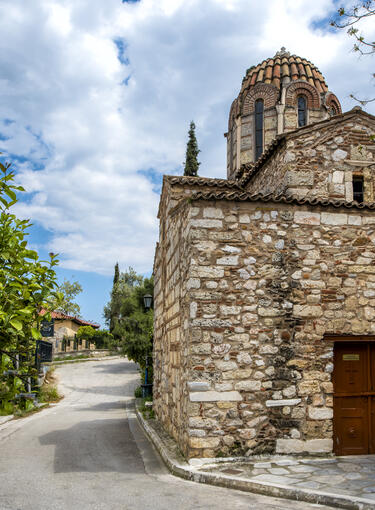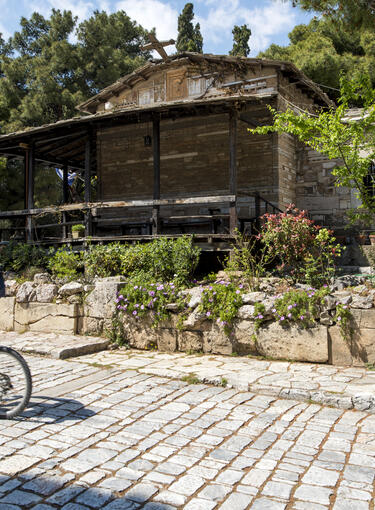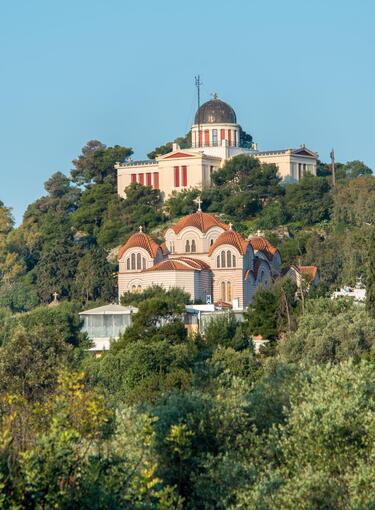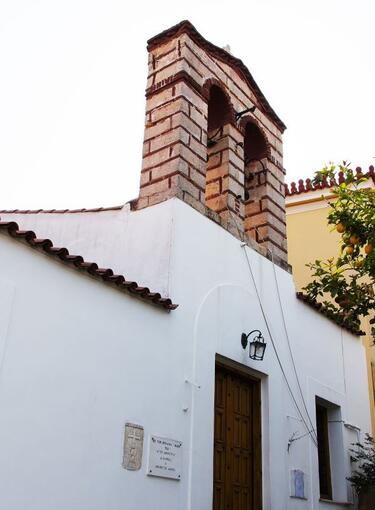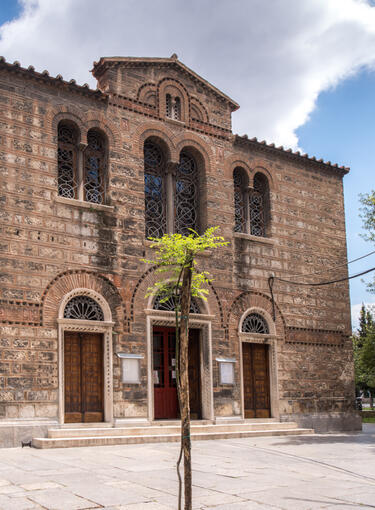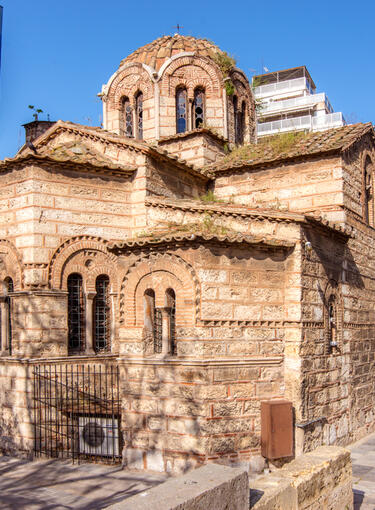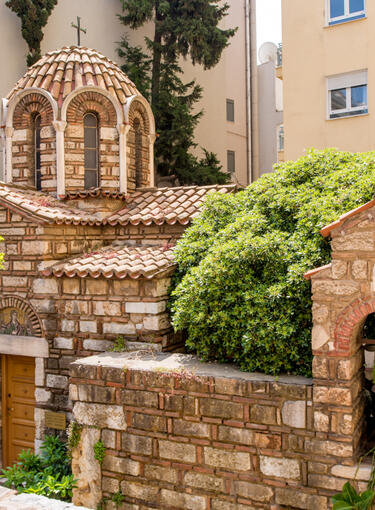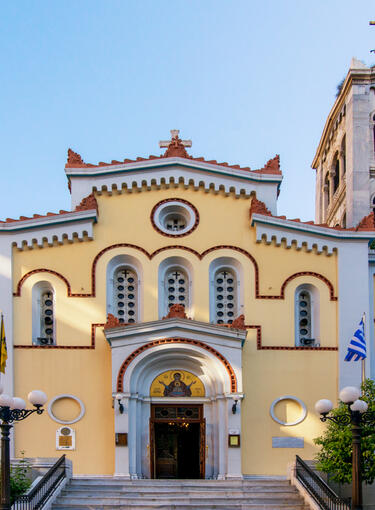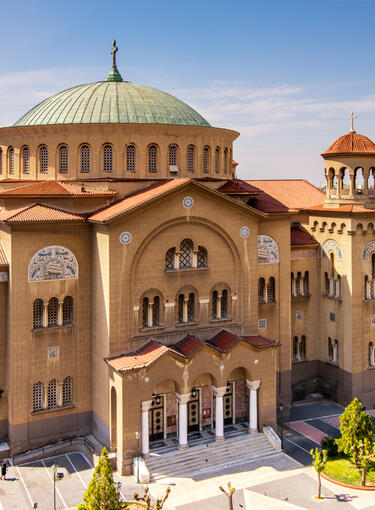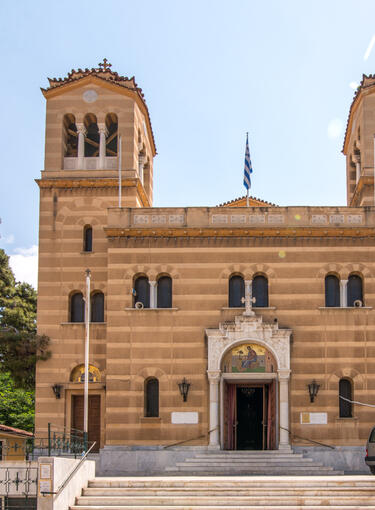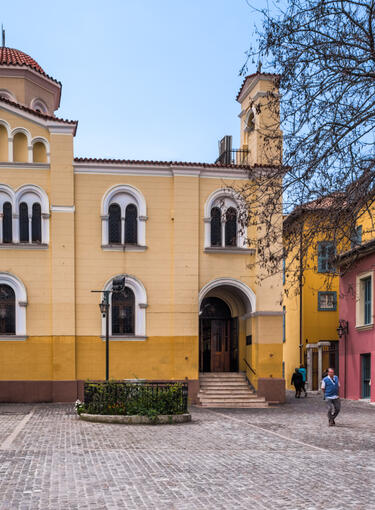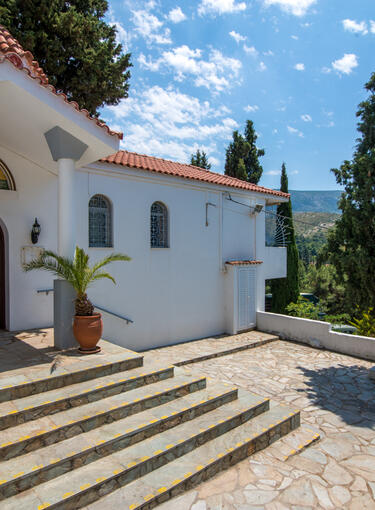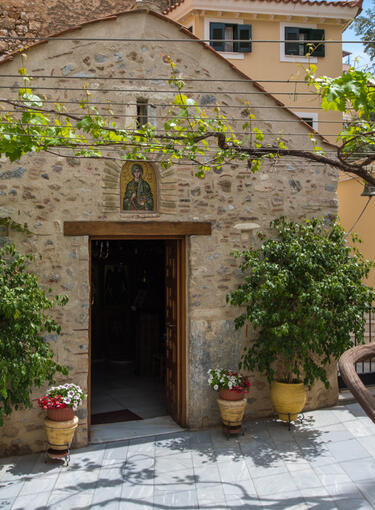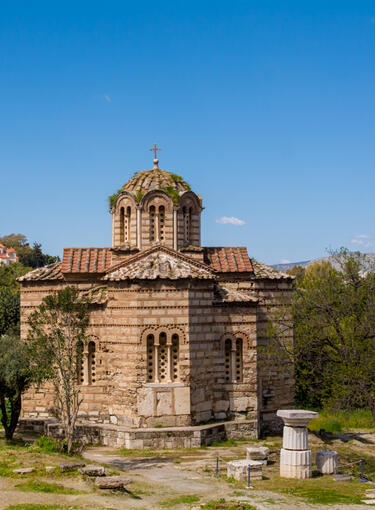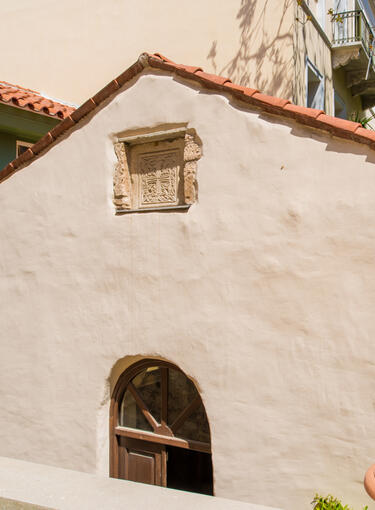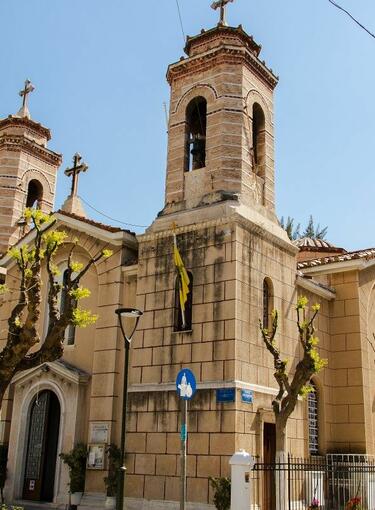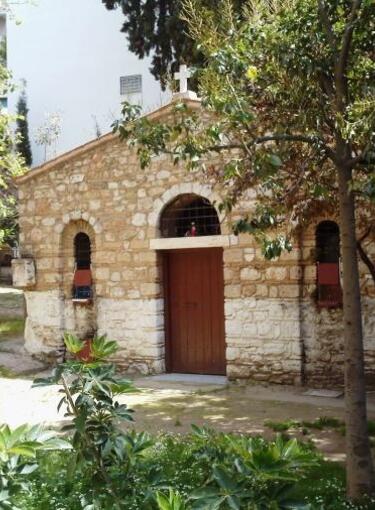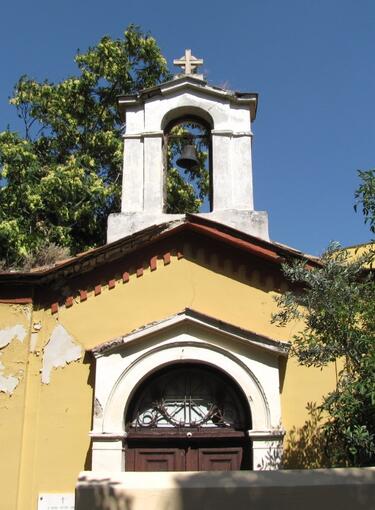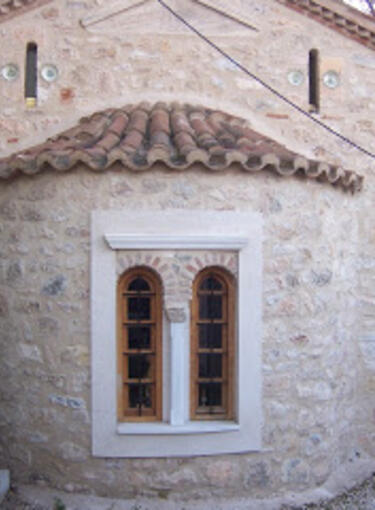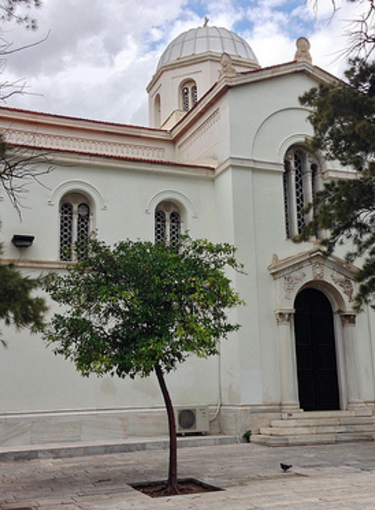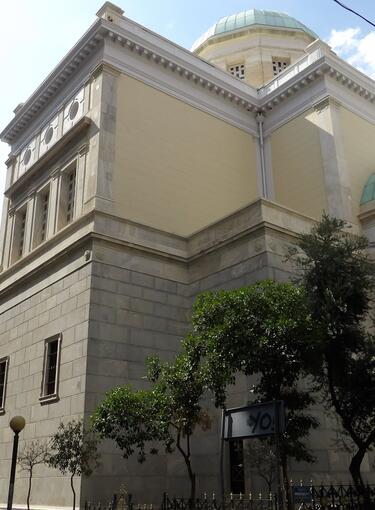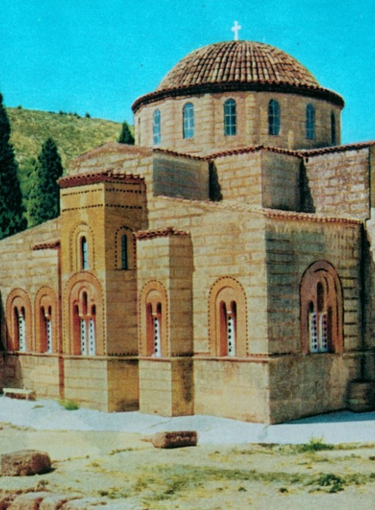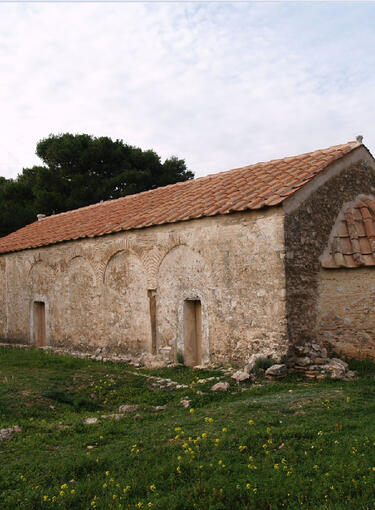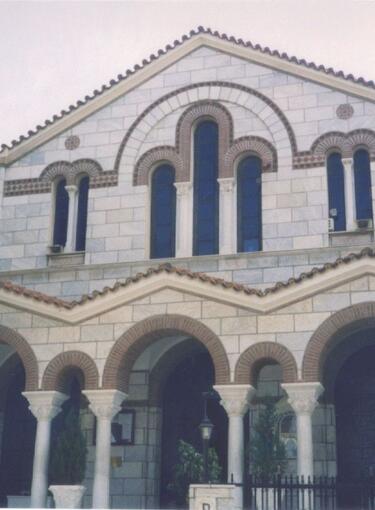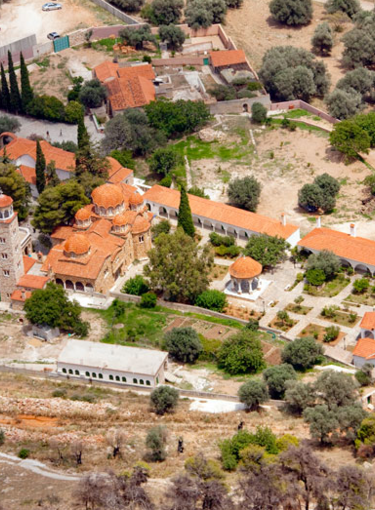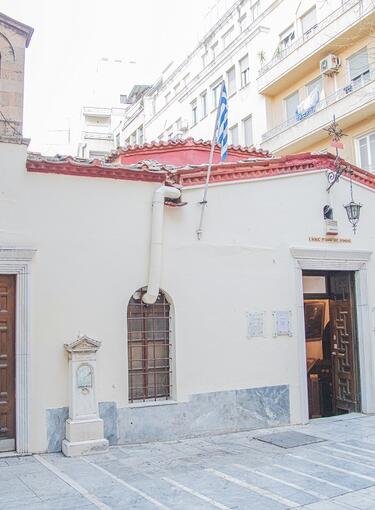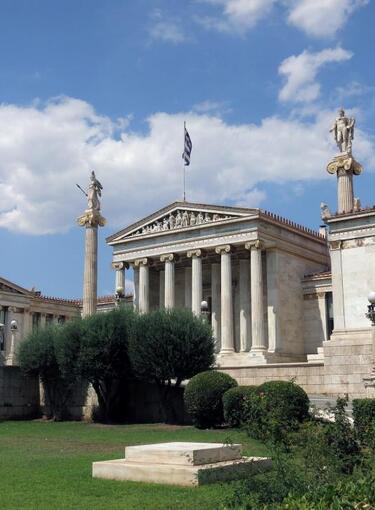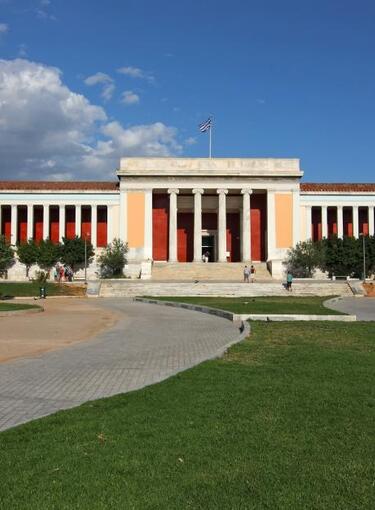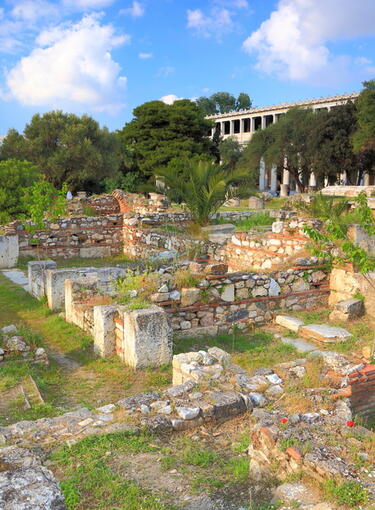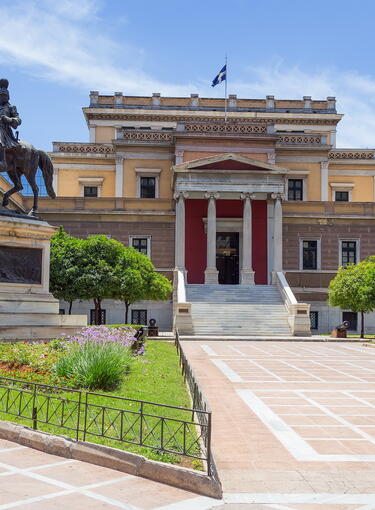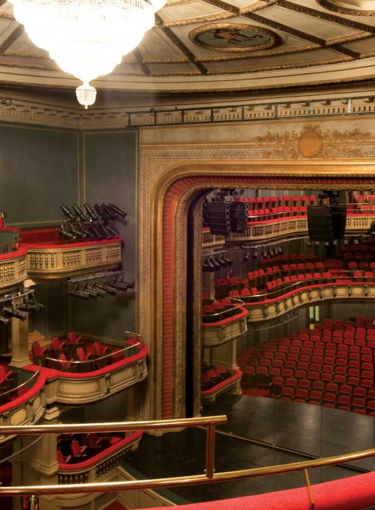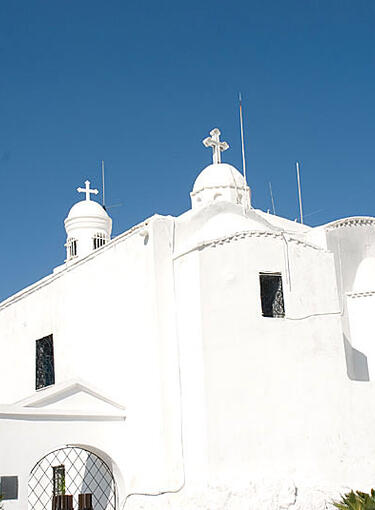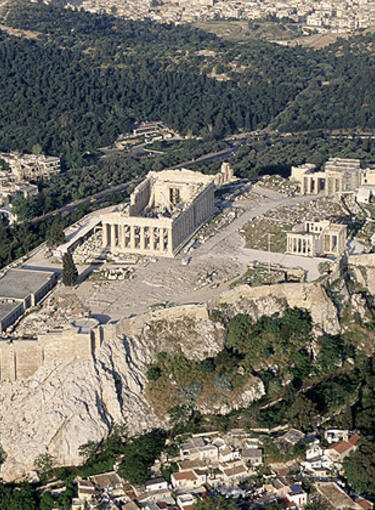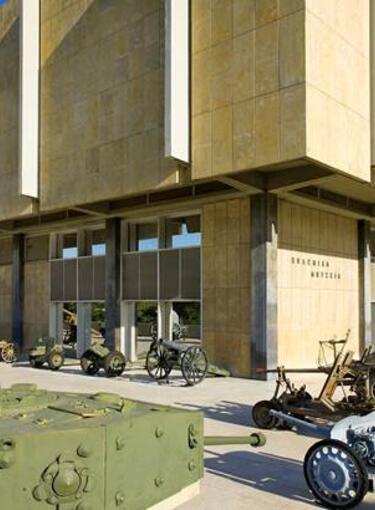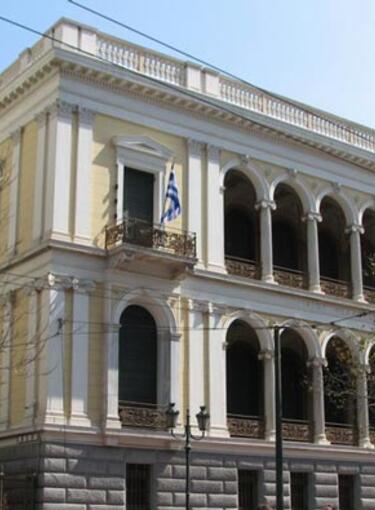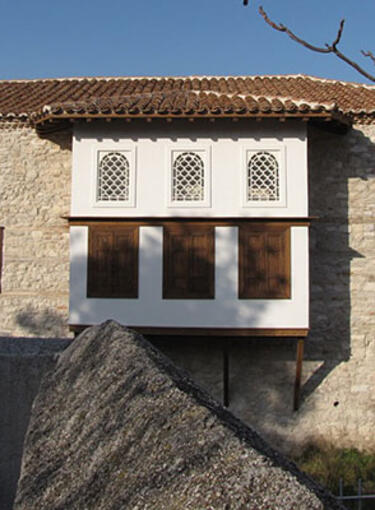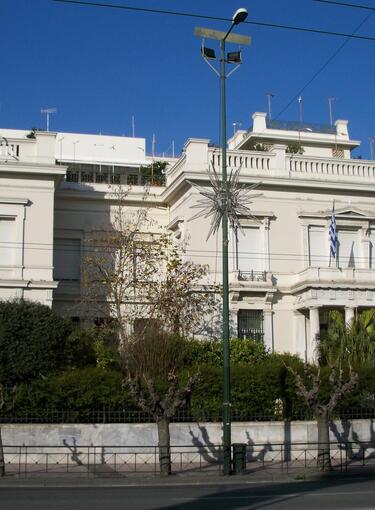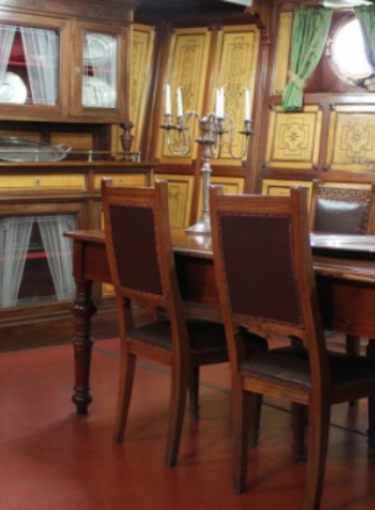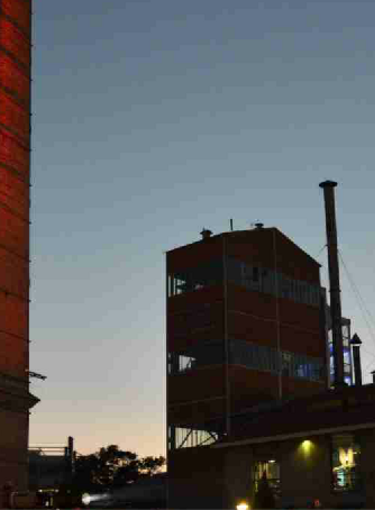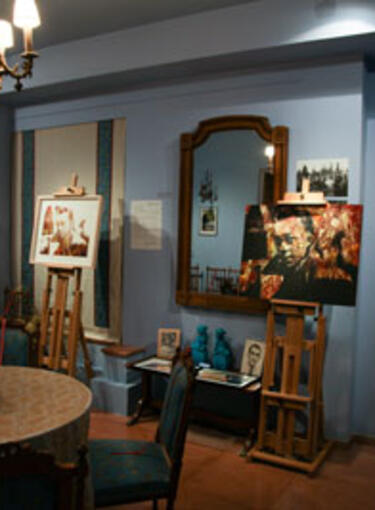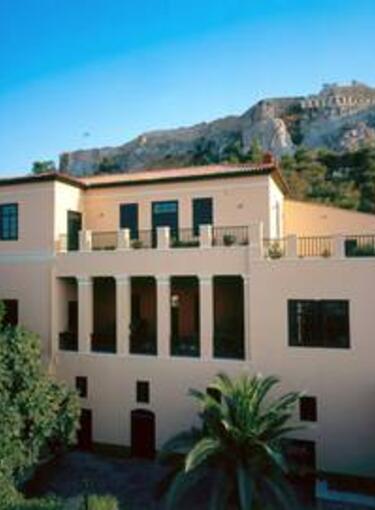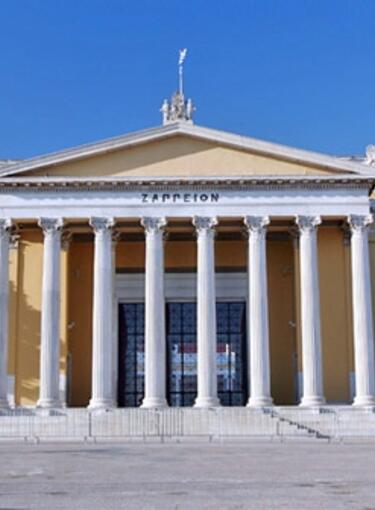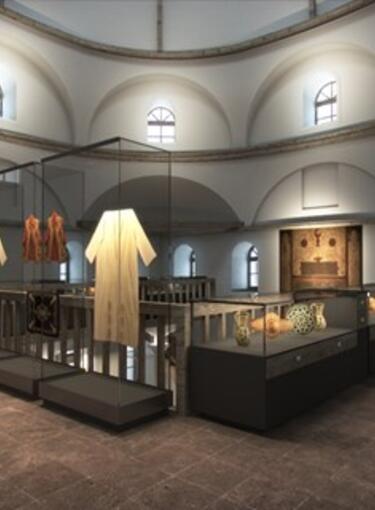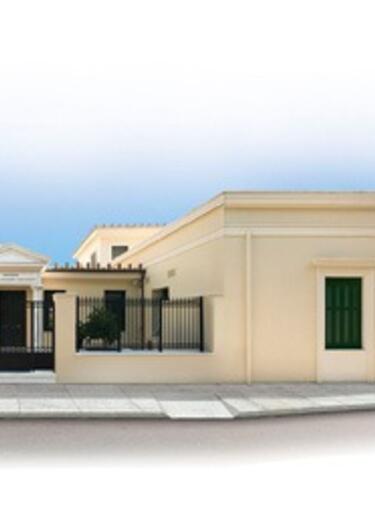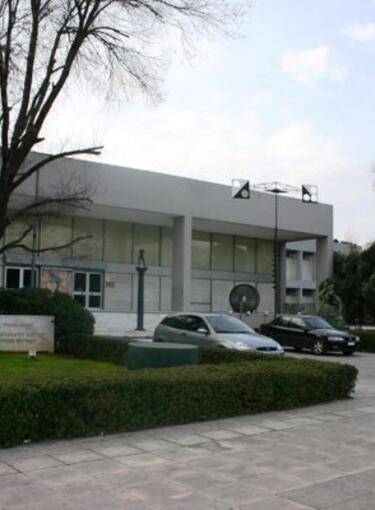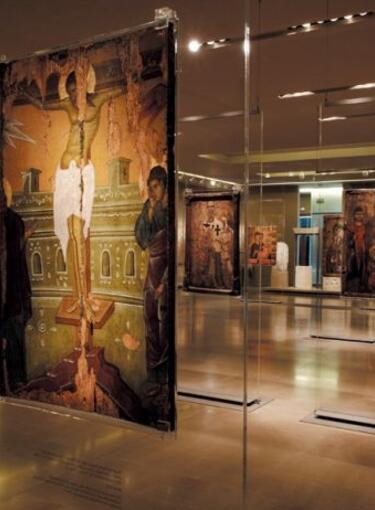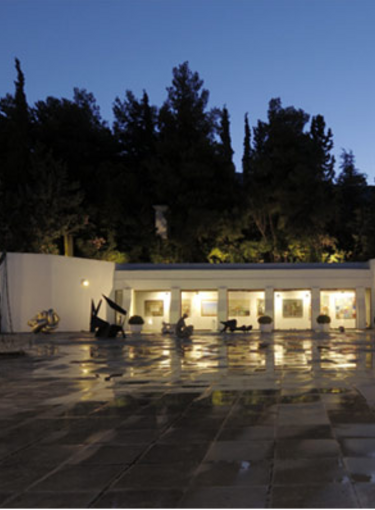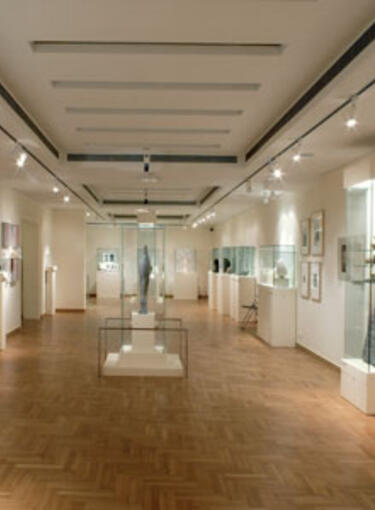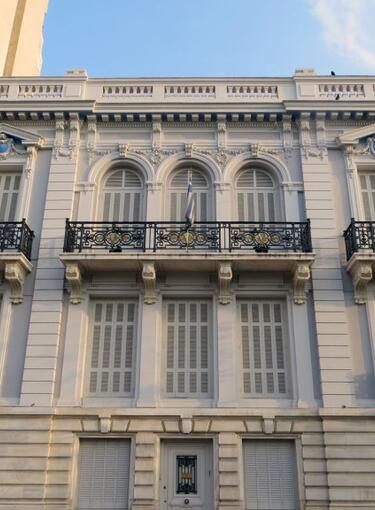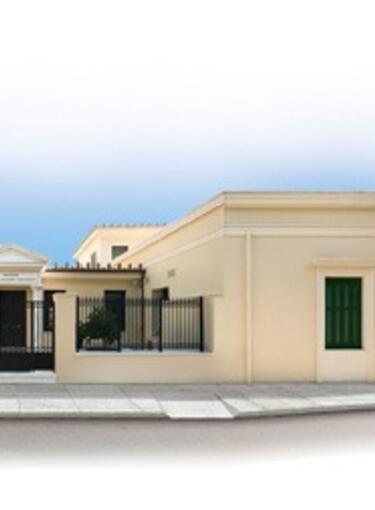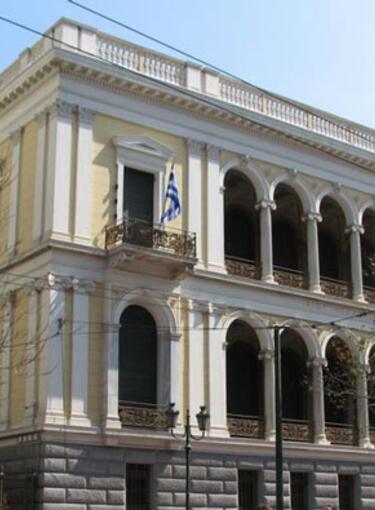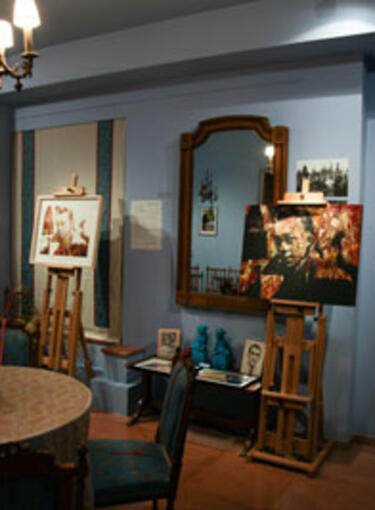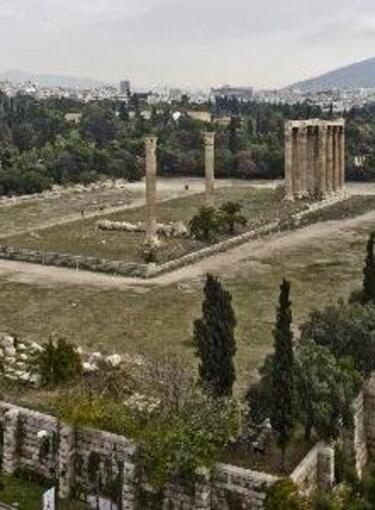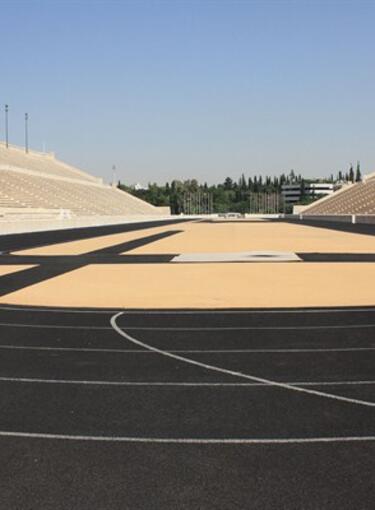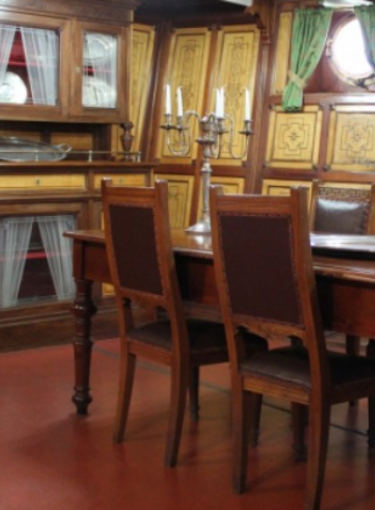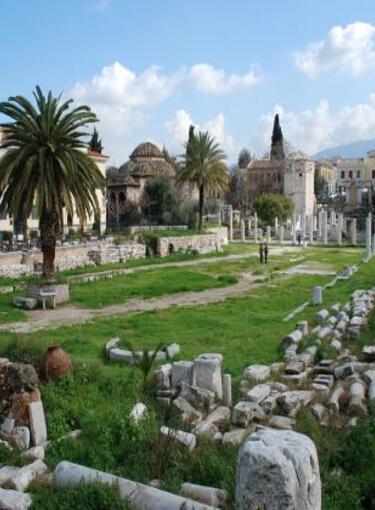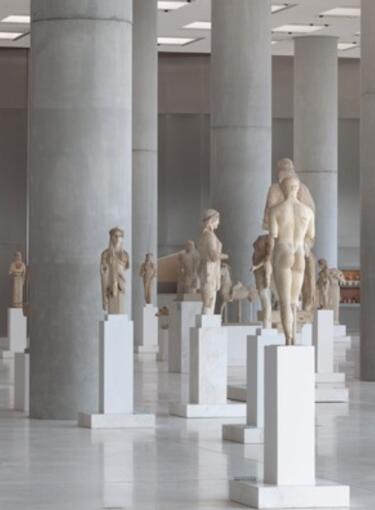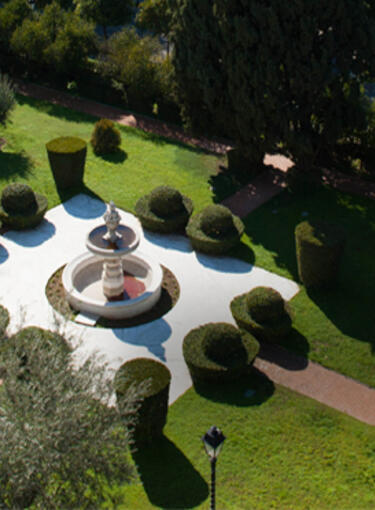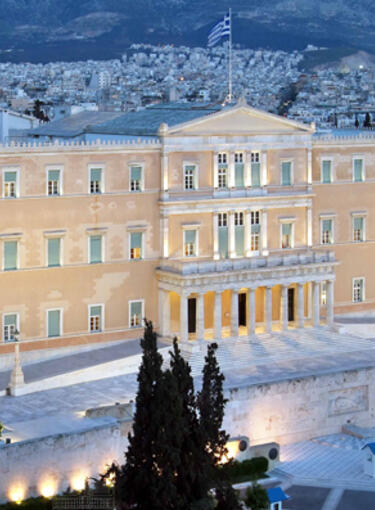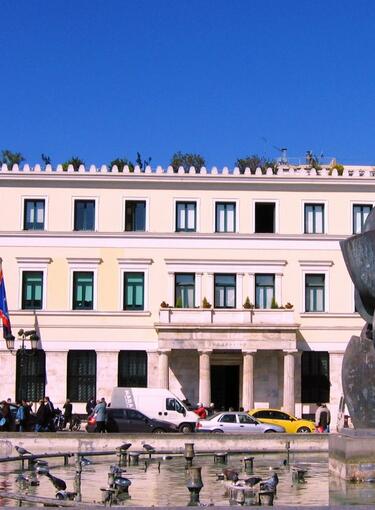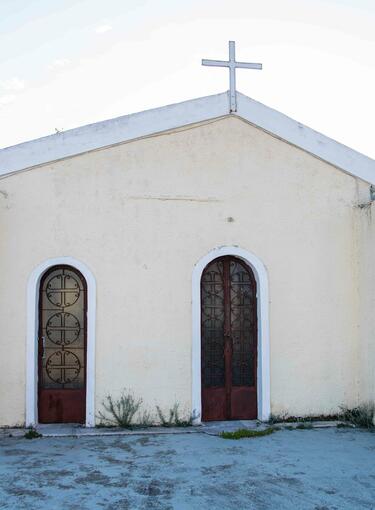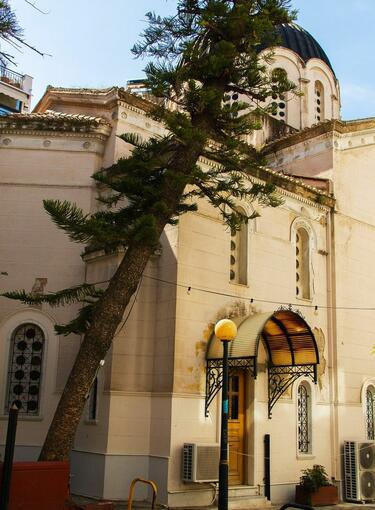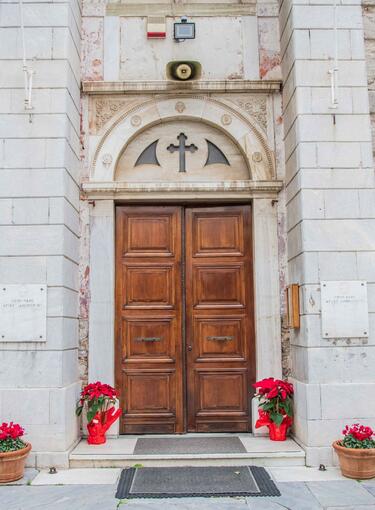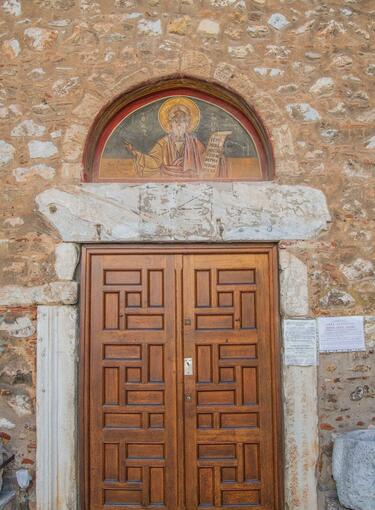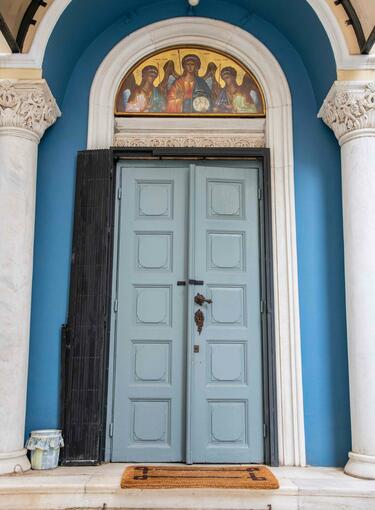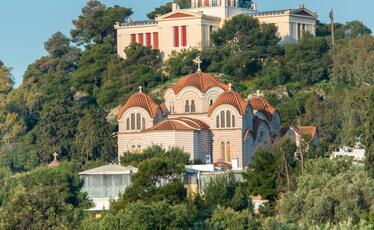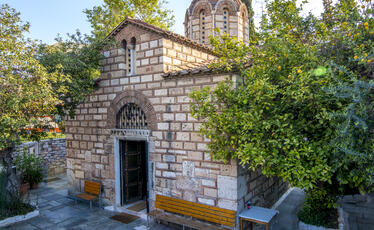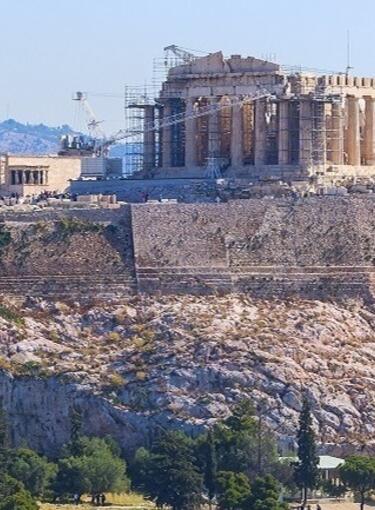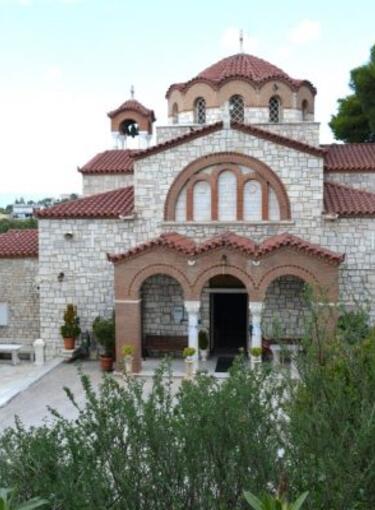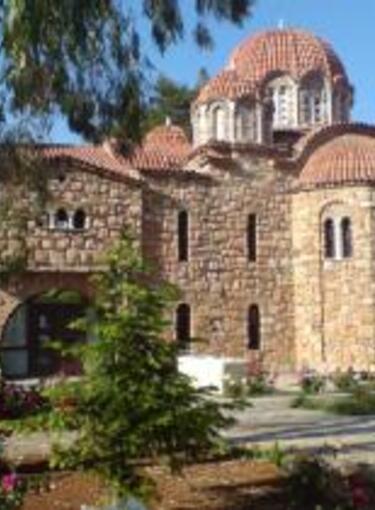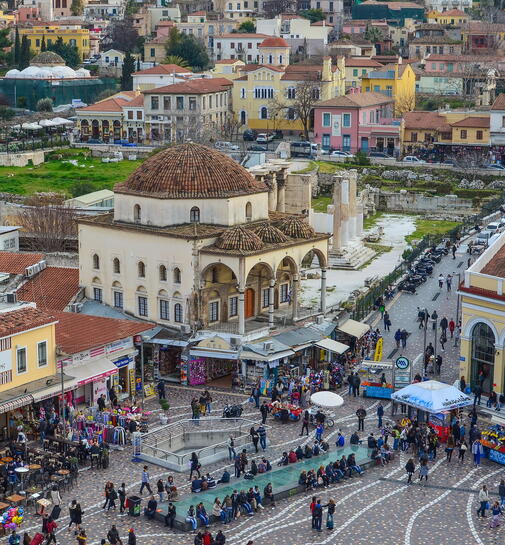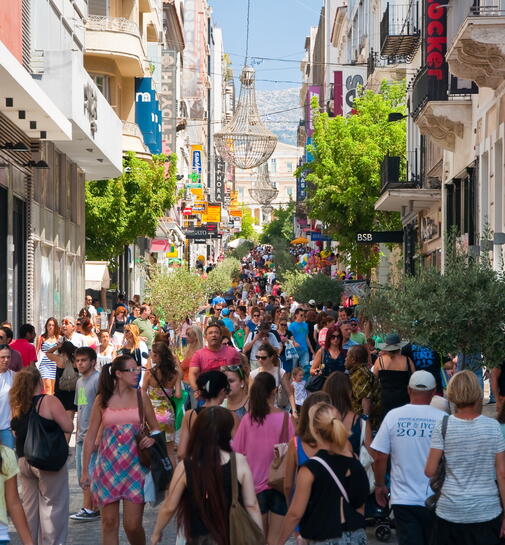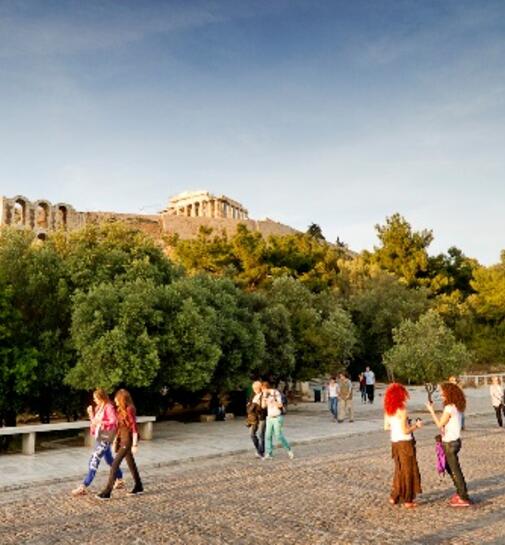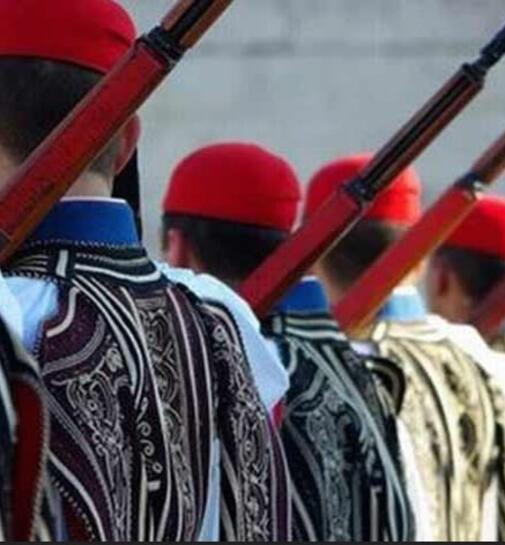The church of Agios Philippos is located on the tourist area of Monastiraki, in the district of Vlassarous, opposite the entrance of the archaeological site of the Ancient Agora.
According to tradition, it was here that Apostle taught for two years in Athens and it was here that he died as a martyr.
Architecturally it belongs to the type of three-aisled vaulted basilica with a simple gallery and a steeple and it has been built over an old Christian basilica. The second church, which is not preserved, was the result of radical renovations made in 1866, after the destructions by the army of Kutahi Pasha (1826-1827) during the siege of Athens.
In 1912 it was renamed to “Agios Philippos Vlassarous” when it merged with the nearby church of Panagia Vlassarous. The latter was demolished during the excavations at the ancient Agora in the period 1932-1937. Finally, in 1961 the present day church of Agios Philippos was constructed.
The church’s screen was made in 1849 and came from an older church. At the church of Agios Philippos they keep parts from the holy relics of saints, among them the ones of Apostle Philippos. Furthermore, there are also icons from the demolished church of Panagia Vlassarous.
Church of Saint Philip on Andrianou Str.
Between Thission and Monastiraki, almost opposite to the entrance leading to the archeological area of the Ancient Agora, on the site in which the neighborhood of Vlassarou extended in earlier times, looms the church of Saint Philip.
The name of the neighborhood originated from the church of Virgin Mary Vlassarou, a church built on the fringes of the rock of the Acropolis, in the present archaeological site of the Ancient Agora and which was demolished in the 1930s, in the framework of excavations which were set up at the site.
Along with the church of Virgin Mary, also the neighborhood of Vlassarou was lost, which, according to the 1824 census, was comprised of 66 houses and was delimited by the current Stoa of Attalus and extended to the middle, almost, of the straight line which is defined by the ancient church of Hephaestus.
According to the majority of scientific sources, on the site where today is situated the church of Saint Philip stood, in the early Christian period, another church. This first church of Saint Philip was in all probability a three–aisled basilica, of the 9th century, with the middle nave elevated, built at the point to which the ancient ‘road of the Stoas’ contributes and the point to which Andrianou street ends westerly.
In our times, the so-called Agiou Filippou street constitutes an extension of Karaiskaki street and traverses the course of the plotting of the ancient road of the Stoas, thanks to which the supply of the market with agricultural products was attained and which united the Agora with the Acharnian Gates of Athens.
The present church was constructed on the foundations of the old church, which from 1912 had already been named ‘Saint Philip of Vlassarou’. The older church of Saint Philip had been damaged irreparably in the course of the years. The definitive damage was caused by the troops of Kütahi Pasha (1826-1827) during the siege of the city of Athens. In the years that followed the liberation of the city from the Ottomans, the church was repaired, but the radical renovation of 1866, altered its primal form.
When, owing to the excavations in the Ancient Agora, the adjacent church of Virgin Mary of Vlassarou was demolished, many relics and portable icons were transported to the church of Saint Philip which hosted, in that period, also other relics from churches which followed the fate of the church of Virgin Mary.
The church of Saint Philip would show yet again damage which is significant and threatening for its stability which, eventually, led, in the year 1961, to its reconstruction from the ground up. The removal of the more recent and arbitrary interventions eventually highlighted the original form of the church, a three-aisled domed basilica which bears a simple gallery at the western side and a bell-tower at the southeastern side.
Special attention is required for the painting decoration of the church. N. Vasilopoulos, crafted the first icon paintings at the side parts, the dome of the Platytera and the Holy Bema (1965 – 1970). Dimitris Kentakas, a student of Fotis Kontoglou, decorated with his icon paintings the arched walls and the roof.
The exceptional wood-carved iconostasis and the bishop throne, with its visible neoclassical influences and rich decorativeness, is a work of 1842. The icons of the iconostasis constitute a work of the second half of the 15th century and reflect the artistic trends of that period, while influences from Western art are manifest in the manner in which the faces have been formed and the patterns of the vestments have been crafted.
In the church two significant icons are kept, the one of Virgin Mary of Vlassarou and of Saint Paraskevi, which graced at times the same–named church which was located at the intersection of Nisou and Ifestou Streest as well as a piece of the holy relic of Saint Philip the Apostotle which was conceded in July of 1989 by the Monastery of Lucia in Selci of Rome.
Informations
Additional
Date:
1961
Season:
Modern
Holy Metropolis:
Archdiocese of Athens
Address:
Agiou Philippou & Adrianou, Monastiraki
Access:
Monastiraki Metro Station




